Author Graham Marsh on Jim Marshall and jazz style
Marshall's photos helped define the genre's culture in the 1960s, as evidenced in Jazz Festival, a remarkable new collection of his work

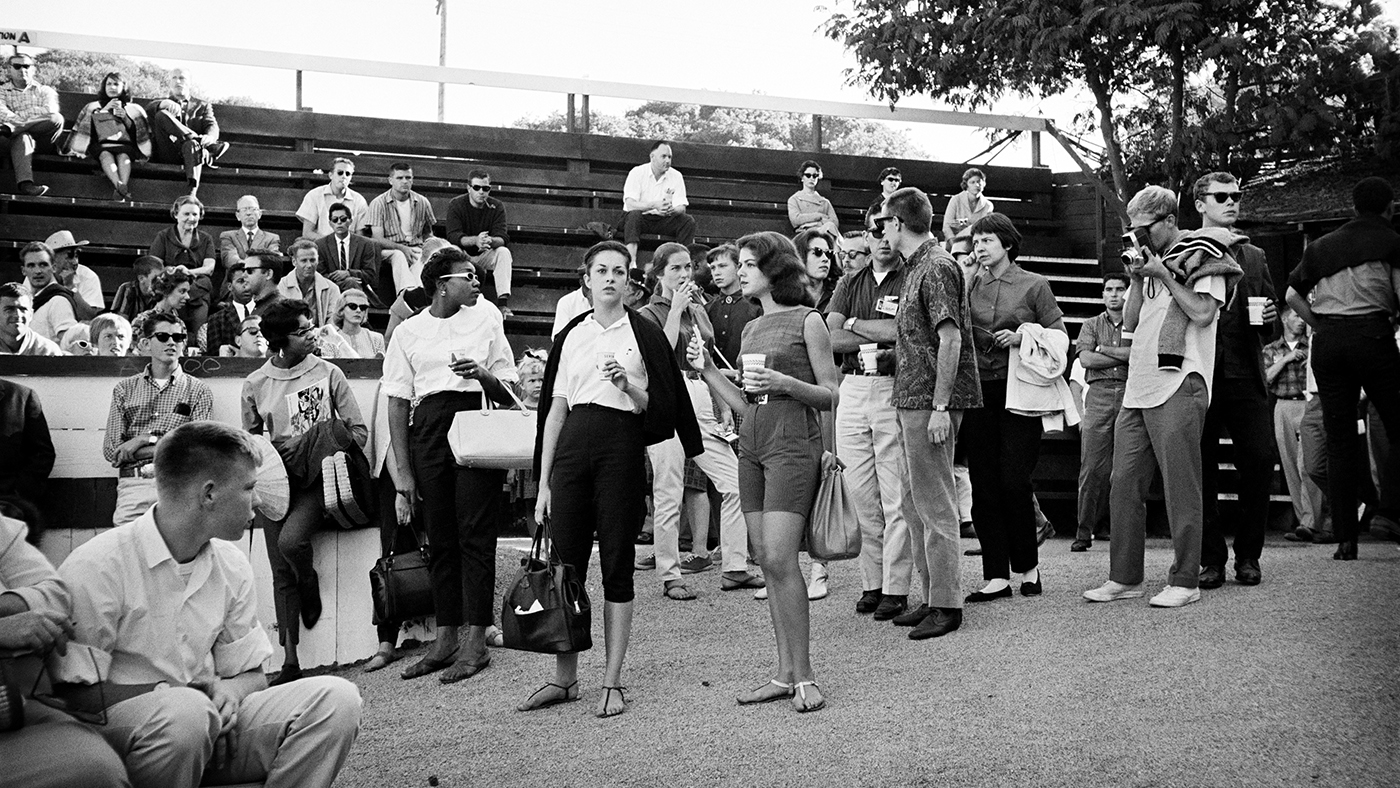
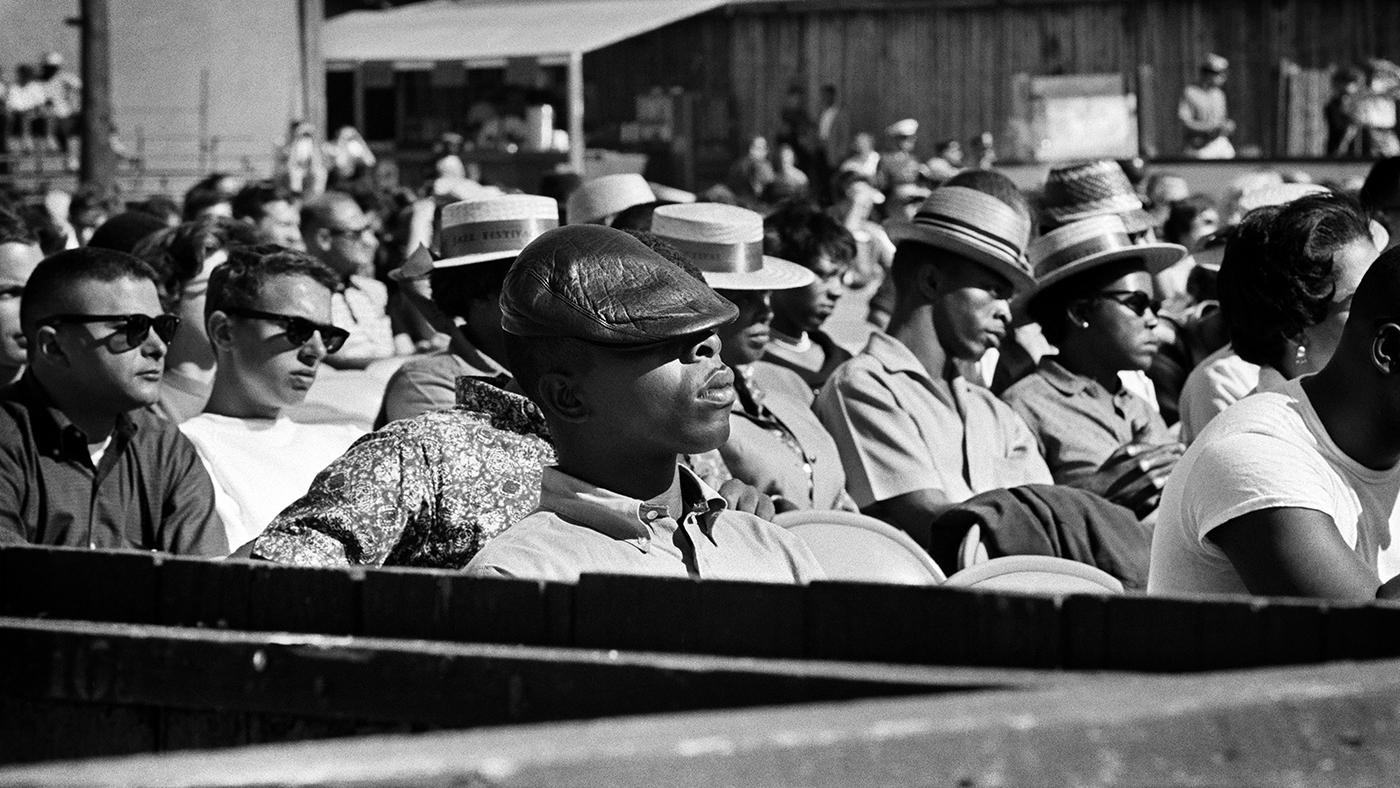
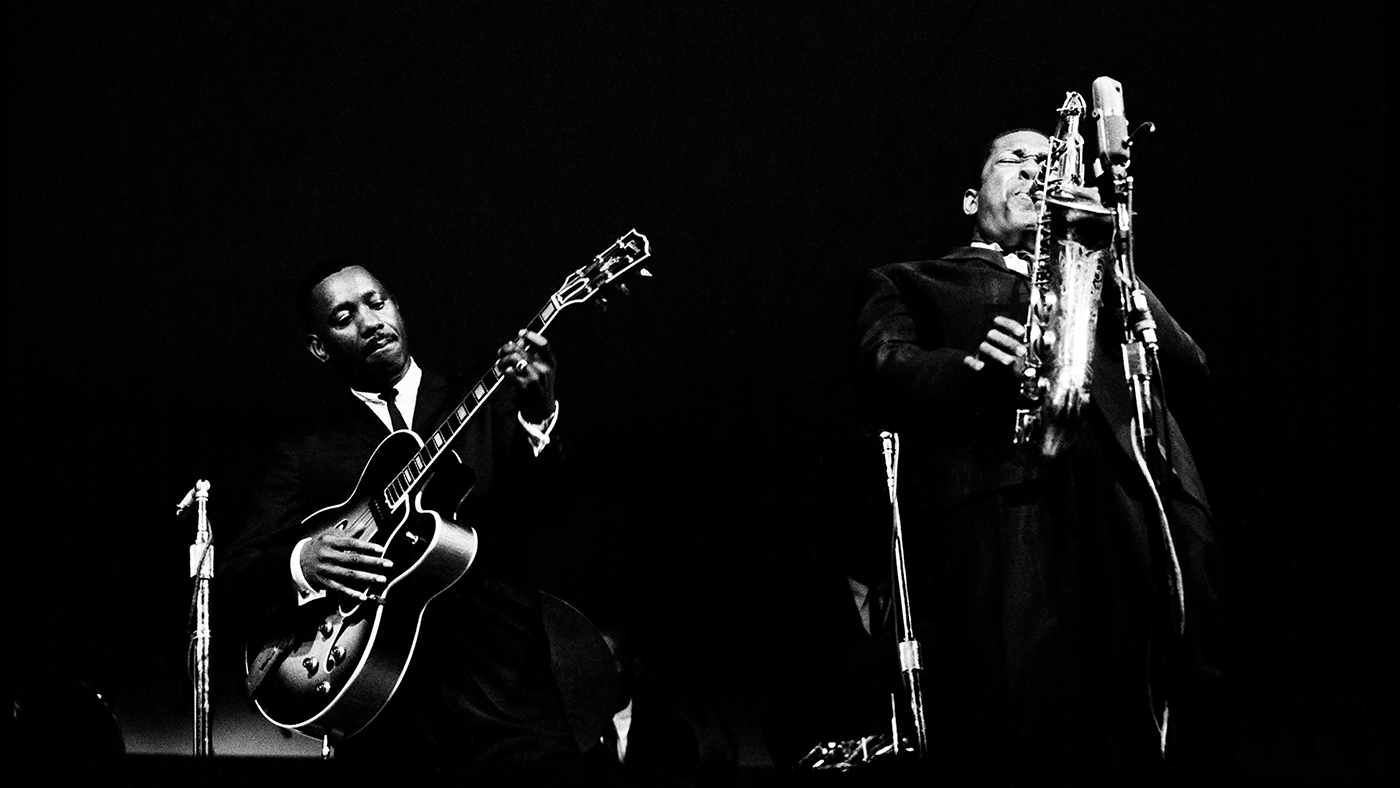
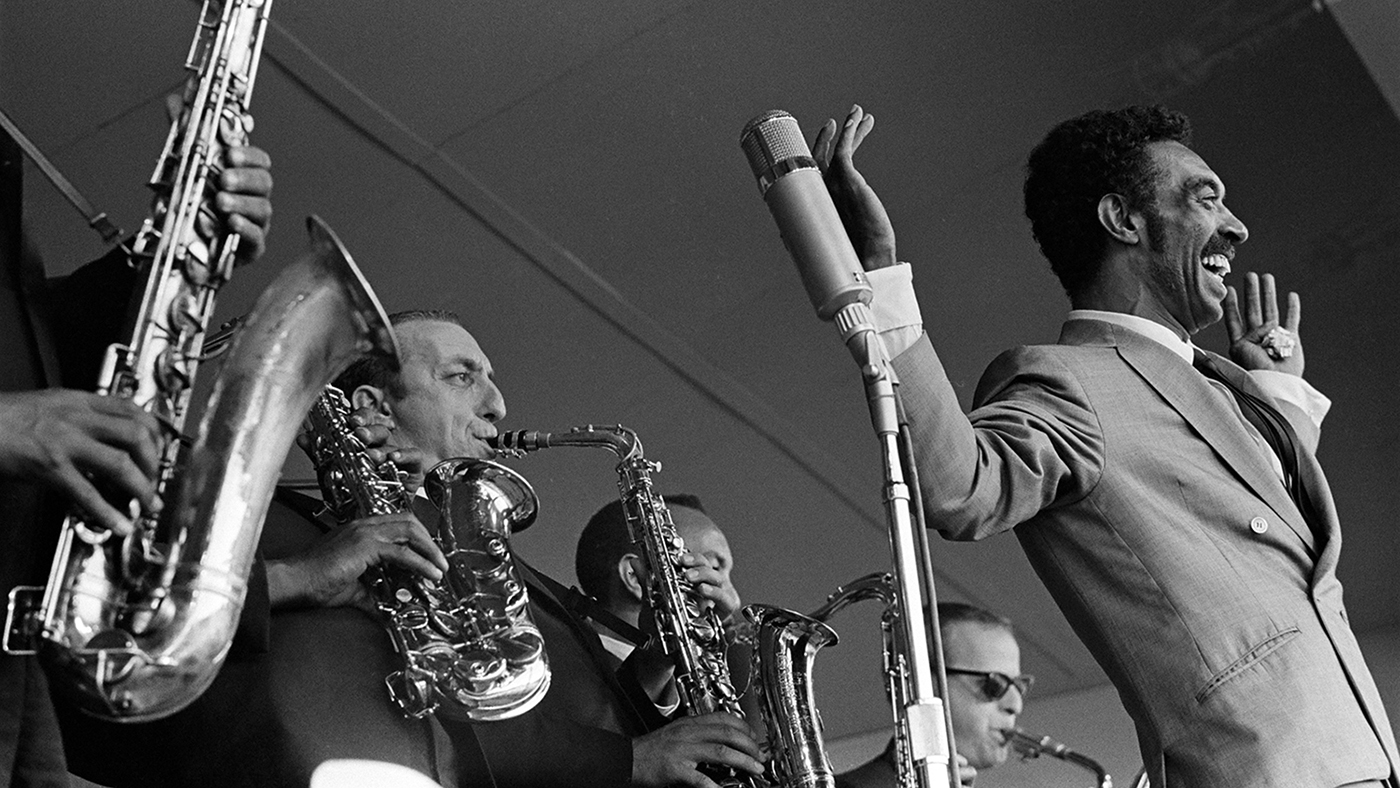
For any hipster or Young Turk riding on a blue note in the 1960s, jazz festivals were the genuine article. Whether it was at Fort Adams State Park in the US resort town of Newport, Rhode Island, in August or at the 20-acre oak-studded Monterey County Fairgrounds in California in September, it must have been something else. Both festivals were like a vinyl-record collection coming to life. Gerry Mulligan, Miles Davis, John Coltrane, Thelonious Monk, Sonny Rollins, Dave Brubeck, Duke Ellington and the endless roll call of jazz luminaries live on stage at Monterey and Newport was an outstanding experience for all those lucky enough to have been there.
You can almost feel the sun's warming rays and an ocean breeze emanating from Jim Marshall's evocative photographs in the book. Jazz Festival is not a nostalgic yearning for the past, but a celebration of the continuing cultural craze for all things relating to Modern Jazz and Ivy Look clothing, which, for people who care about these things, is important. Sartorially and musically, both are intrinsically still linked and both are without doubt the essence of cool, the ultimate in hip.

Miles Davis, the coolest man on the planet during his Ivy-suited period, was probably most responsible for both the look and sound of Modern Jazz. The look was predominantly East Coast Ivy League, but the sound was uniquely his own. Miles used to get most of his Ivy clothes from Charlie Davidson's Andover Shop in Cambridge, Massachusetts, just off Harvard Square. Davidson was a sort of bridge figure between Modern Jazz and the Ivy Look. As well as Miles Davis, Davidson was a friend of George Wein and Charlie Bourgeois, who were both closely associated with the Newport Jazz Festival, and at the same time to a famed journalist, George Frazier III, himself a well-known connoisseur of clothes and jazz. Indeed, Frazier christened Miles, "the warlord of the Weejuns". If Miles wore it, it was instantly hip.
The Week
Escape your echo chamber. Get the facts behind the news, plus analysis from multiple perspectives.

Sign up for The Week's Free Newsletters
From our morning news briefing to a weekly Good News Newsletter, get the best of The Week delivered directly to your inbox.
From our morning news briefing to a weekly Good News Newsletter, get the best of The Week delivered directly to your inbox.
In the 1960s, when it came to jazz, style was part of the equation in both clothes and attitude. At Monterey and Newport, black culture was openly embraced and integrated audiences were the norm. Nobody cared – as long as you looked sharp and dug the music. Anything else was just jiving and there was strictly no room for squares. At both festivals, on any given day, it was a sea of Bass Weejun loafers, natural-shouldered seersucker jackets, essential Lacoste tennis shirts and Clarks desert boots. Definitely also on the money were button-down shirts, chinos and Levi's 501s. Topping off these proto-cool clothes was a formidable array of men and women's hats. From straw pork-pie snap-brims with deep madras bands, back-buckle Ivy sports caps and deeply hip berets to Audrey Hepburn-influenced wide-brimmed straw hats and head scarves, plus a confection of groovy chapeaux that would not look out of place on the catwalks of a Parisian fashion show. It was a veritable catalogue of Ivy cool. It was dressing fine, making time and, moreover, a visual feast for Ray-Ban and Persol-shaded eyes.

Although the Ivy clothes may have been de rigueur, at the centre of it all was the music. It was Ornette Coleman on stage playing his yellow plastic Selmer alto saxophone, accompanied by Don Cherry on pocket trumpet. It was John Coltrane endlessly riffing on some standard-issue show tune. Miles Davis and Gerry Mulligan paring the music down and laying it out, looking like fashion plates to the assembled congregation. It was saxophone colossus, Sonny Rollins taking care of business, always ahead of the musical curve, his insouciant trademark top button only fastened on his three-button jacket. These musicians were the cat's whiskers and in mid-20th-century America, it was Modern Jazz that fused the connection between music and the Ivy Look.
The original Monterey and Newport Jazz Festivals have over the years spawned many music festivals worldwide. But like Dobie Gray says in his song, The "In" Crowd, "the original is still the greatest".
Graham Marsh is an art director, illustrator and author who has written numerous books on style and culture. Jazz Festival by Jim Marshall is published by Reel Art Press, £45; reelartpress.com
A free daily email with the biggest news stories of the day – and the best features from TheWeek.com
-
 How to financially prepare for divorce
How to financially prepare for divorceThe Explainer Facing ‘irreconcilable differences’ does not have to be financially devastating
-
 Why it’s important to shop around for a mortgage and what to look for
Why it’s important to shop around for a mortgage and what to look forThe Explainer You can save big by comparing different mortgage offers
-
 4 ways to save on rising health care costs
4 ways to save on rising health care costsThe Explainer Health care expenses are part of an overall increase in the cost of living for Americans
-
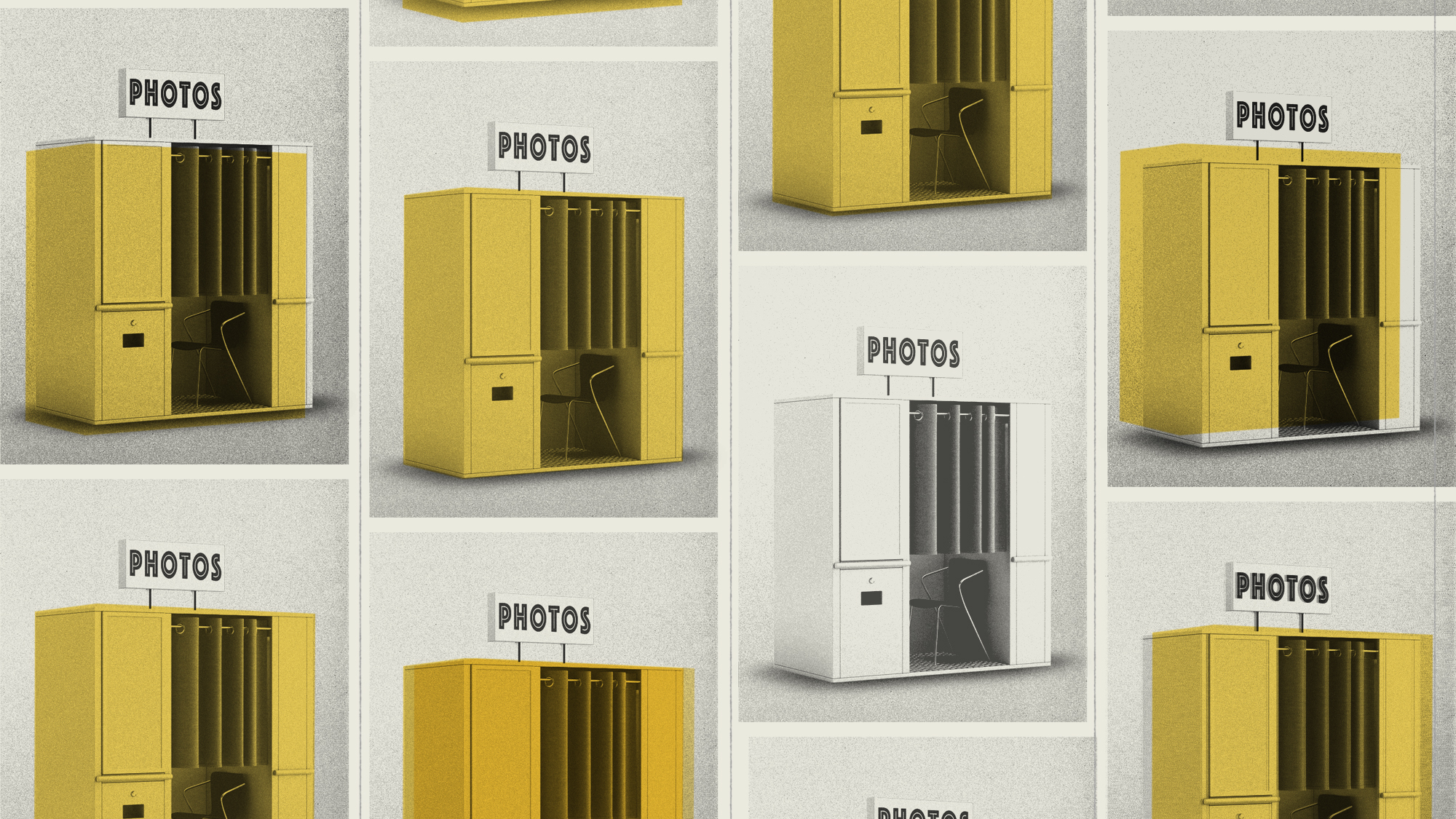 Why photo booths are enjoying a revival
Why photo booths are enjoying a revivalIn The Spotlight It’s 100 years since it first appeared, but the photo booth is far from an analogue relic
-
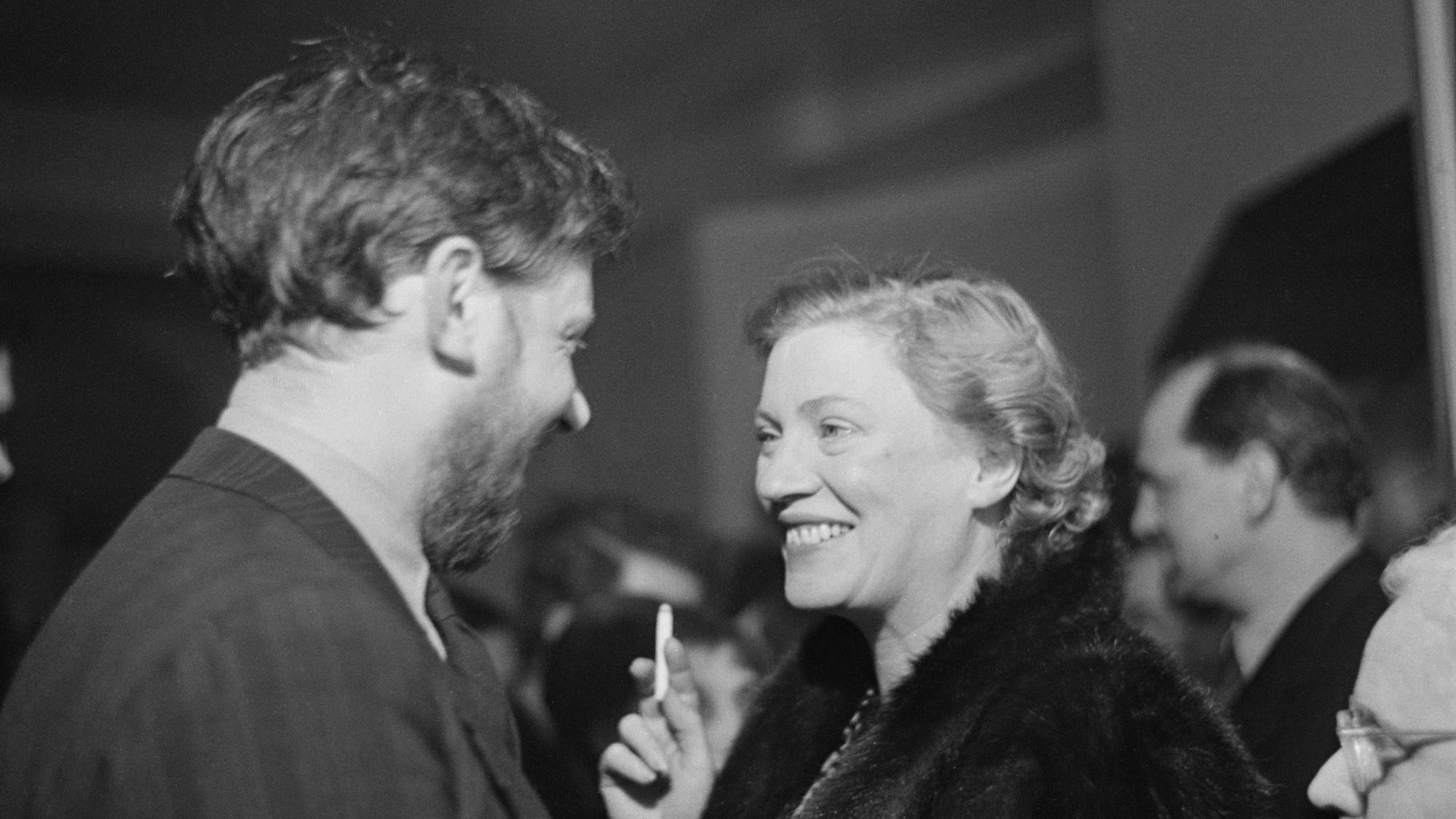 Lee Miller at the Tate: a ‘sexy yet devastating’ show
Lee Miller at the Tate: a ‘sexy yet devastating’ showThe Week Recommends The ‘revelatory’ exhibition tells the photographer’s story ‘through her own impeccable eye’
-
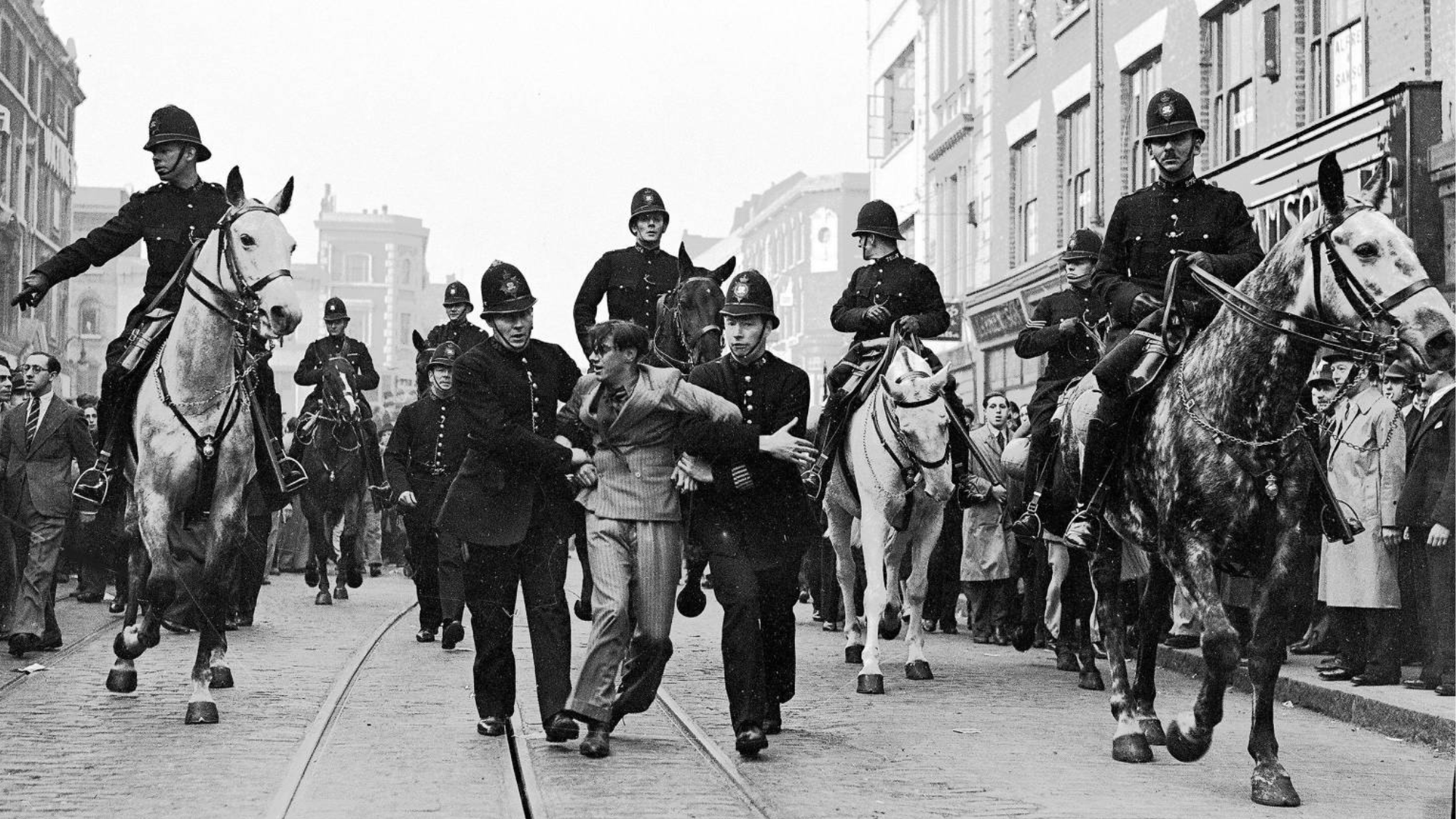 Resistance: 'compelling' show captures a century of protest
Resistance: 'compelling' show captures a century of protestThe Week Recommends Turner prizewinner Steve McQueen curates 'fascinating' photography exhibition in Margate
-
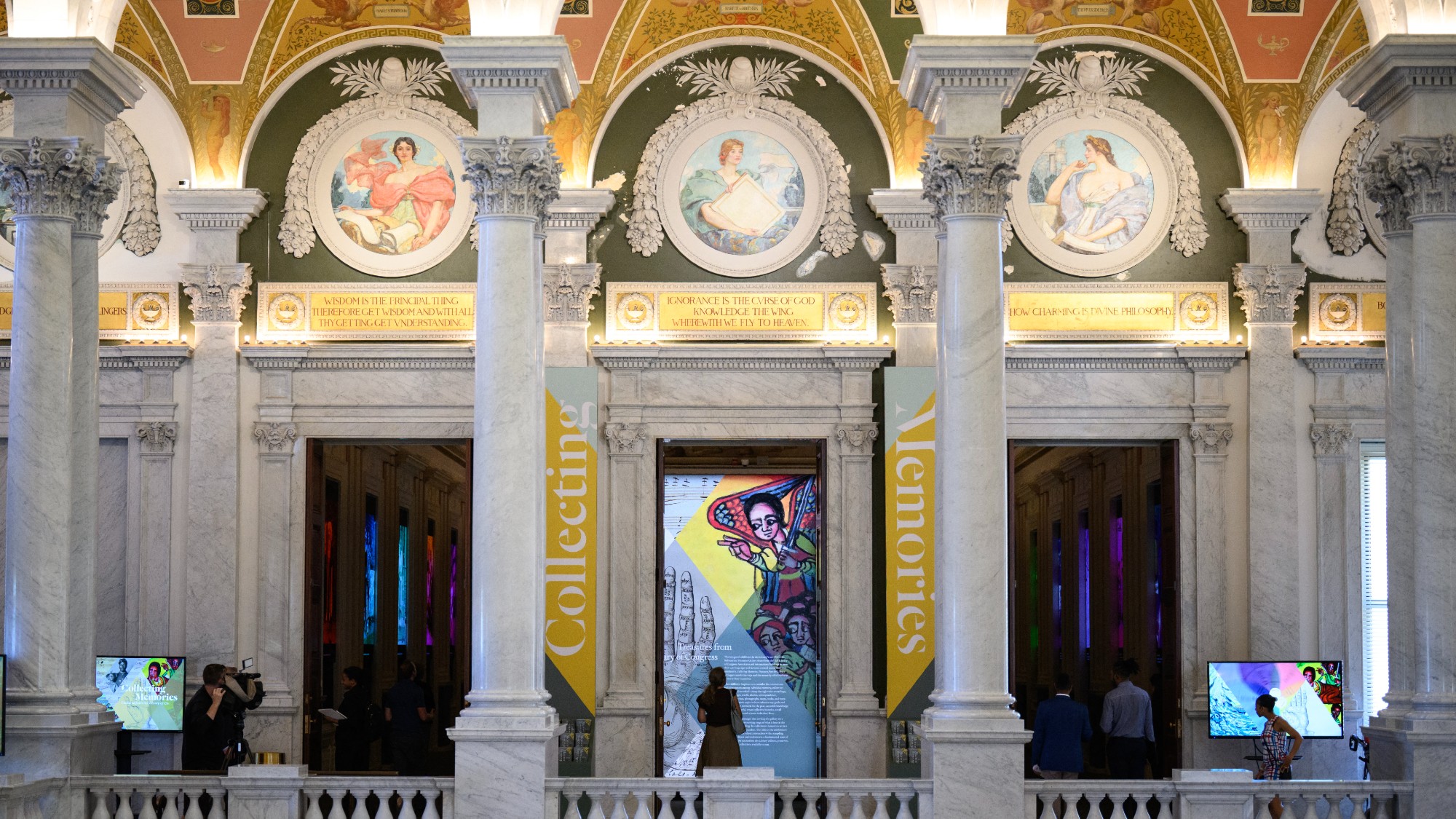 6 thought-provoking exhibitions around the US
6 thought-provoking exhibitions around the USThe Week Recommends Libraries are for more than just checking out books
-
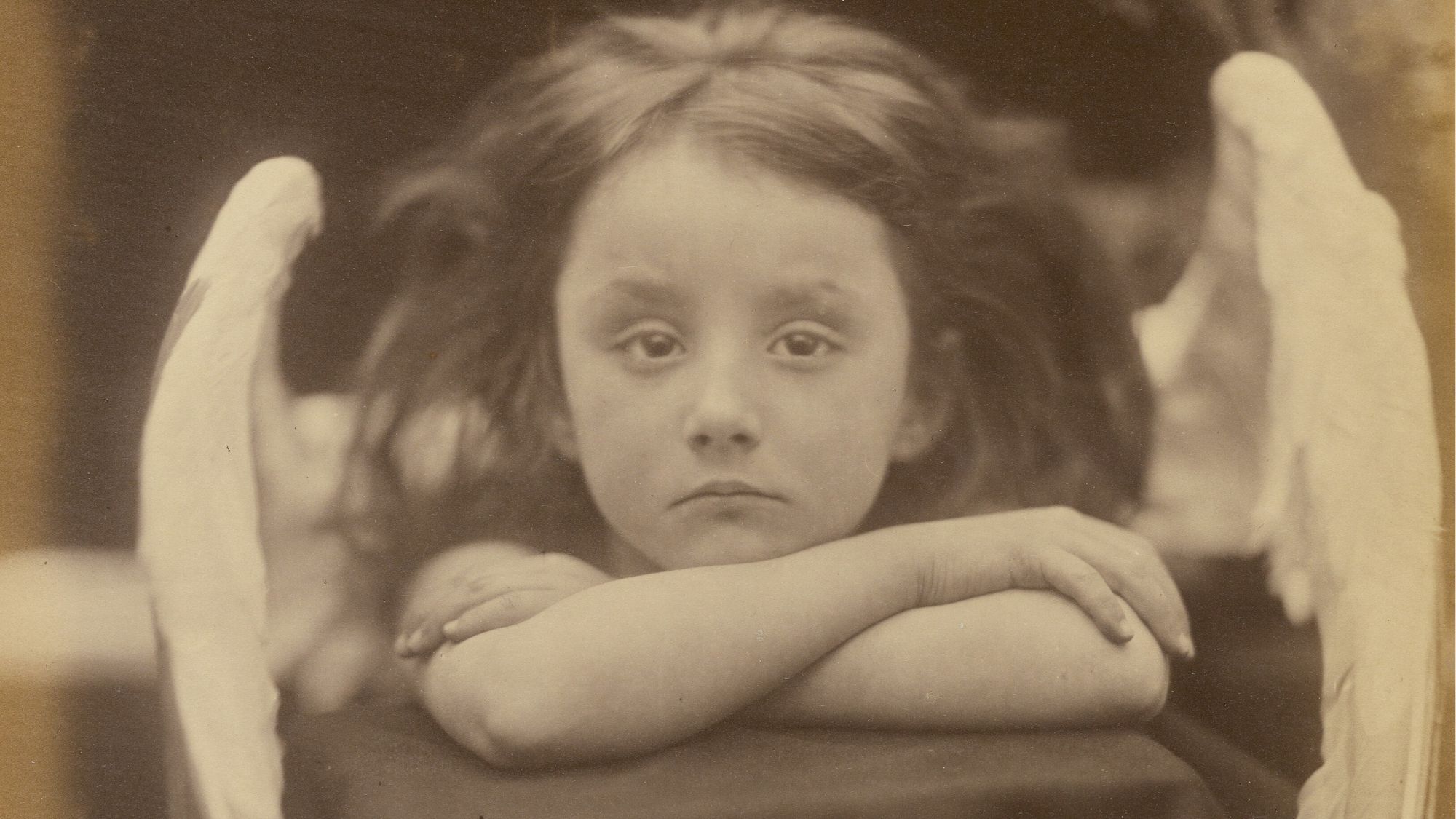 Francesca Woodman and Julia Margaret Cameron: experimental portrait photography
Francesca Woodman and Julia Margaret Cameron: experimental portrait photographythe week recommends Their careers are separated by time but joined by their shared interest in spectral, dream-like atmospheres
-
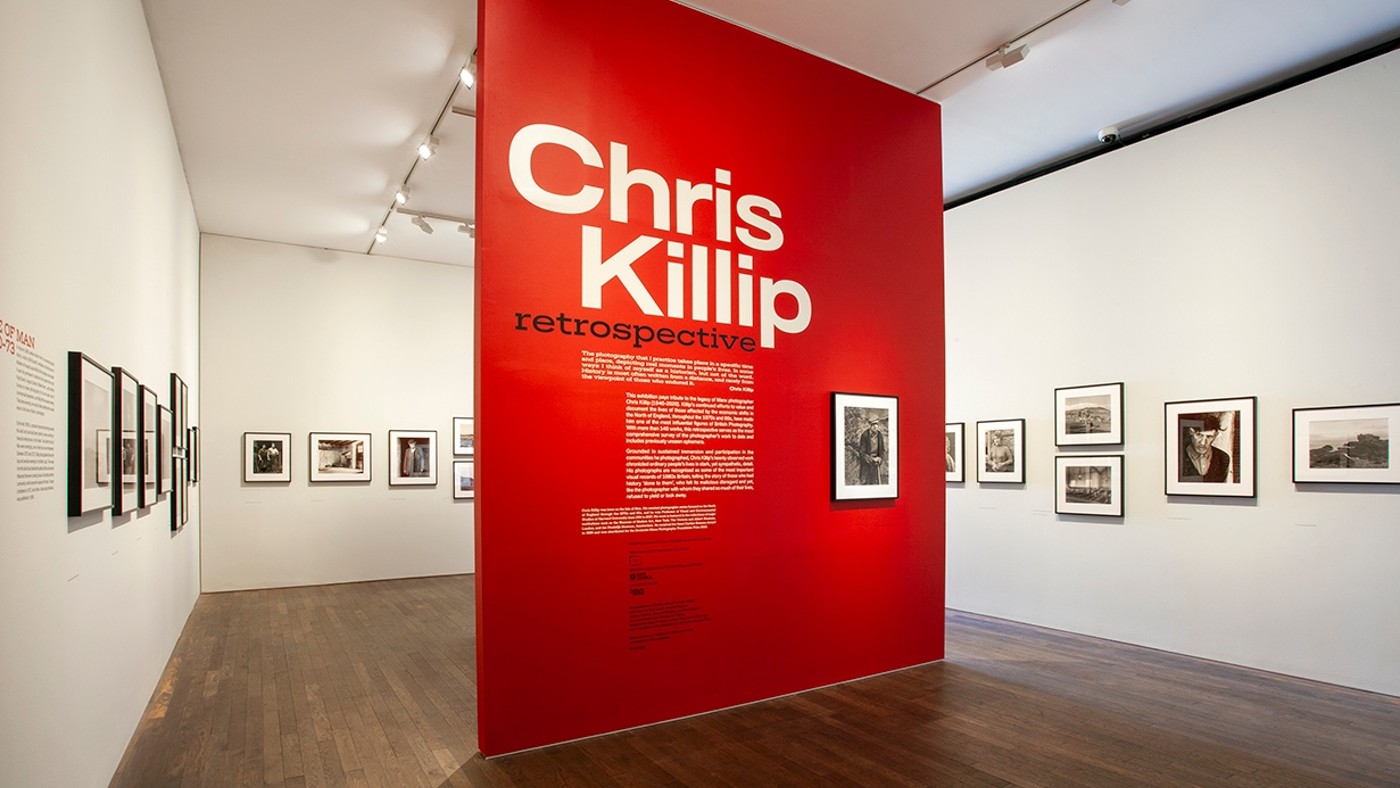 Chris Killip: Retrospective at The Photographers’ Gallery review
Chris Killip: Retrospective at The Photographers’ Gallery reviewThe Week Recommends Superb and timely exhibition features ‘beautiful and painfully moving’ images
-
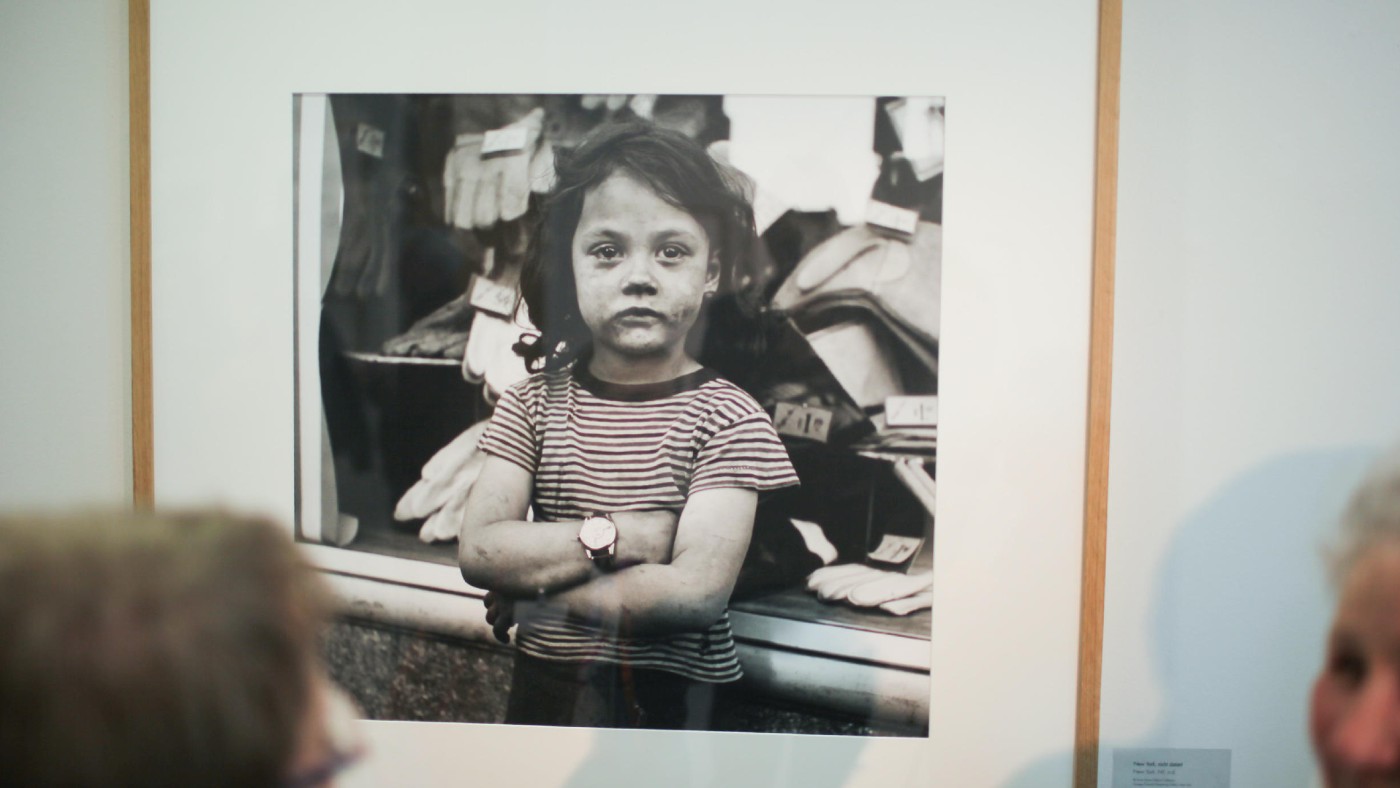 Vivian Maier: Anthology – this MK Gallery show is ‘pure pleasure’
Vivian Maier: Anthology – this MK Gallery show is ‘pure pleasure’The Week Recommends Exhibition marks first time that Maier’s photography has been shown in the UK
-
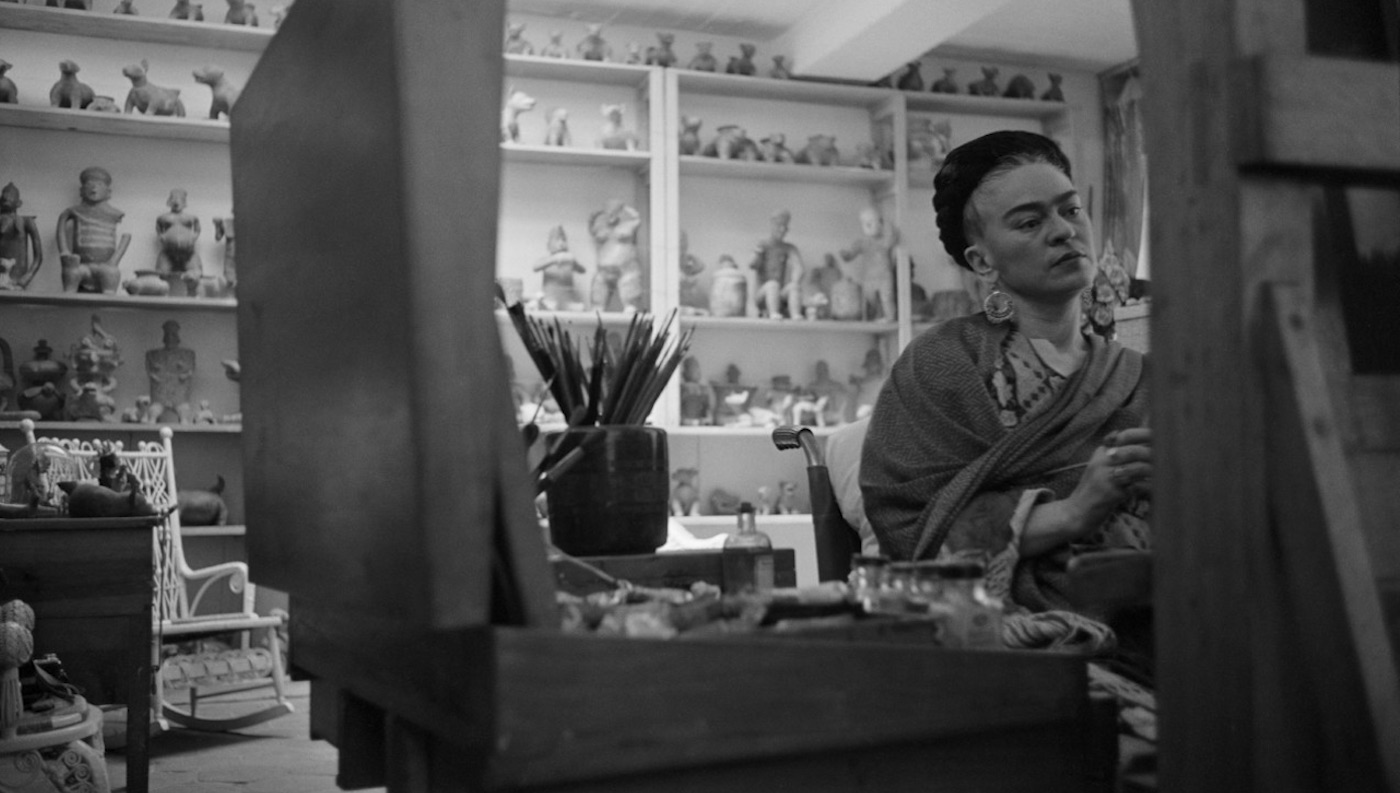 Magnum Photos: Where Ideas Are Born – 20th century art icons in their studios
Magnum Photos: Where Ideas Are Born – 20th century art icons in their studiosUnder the Radar An intimate look at modern and contemporary masters shot by legendary Magnum photographers